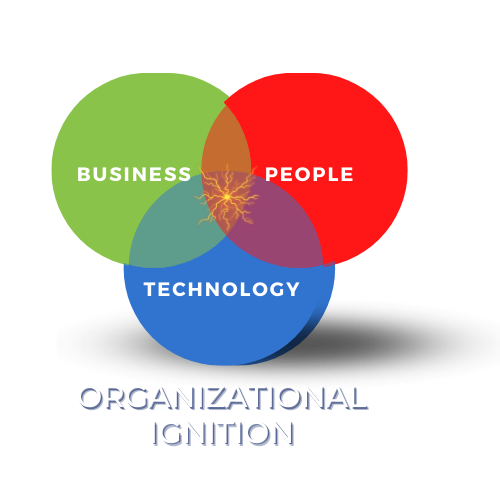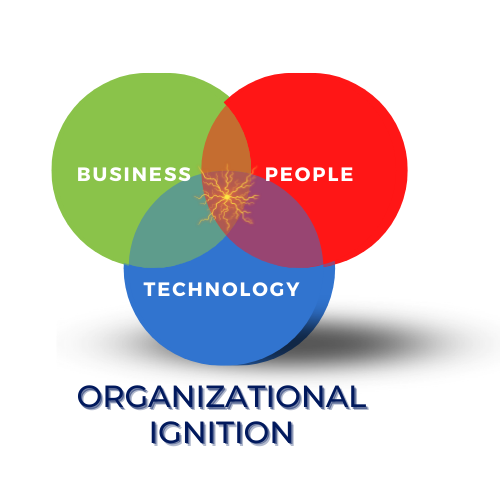
I recently had the honor of speaking at the NH SBDC’s Small Business Network Hub. This is a quarterly gathering of organizations dedicated to providing assistance to entrepreneurs and small businesses across New Hampshire. The topic of the meeting was how to continue doing the work of creating welcoming and inclusive environments for in this environment where it seems that the norm is to be demeaning and exclusive.
Many of us want to make a positive difference, but it can be challenging to do so without unintentionally alienating others or feeling overwhelmed by negativity. In this blog, we’ll explore three key questions:
- how to advocate for diversity without disenfranchising others
- how to denormalize bad behavior like name-calling and personal attacks, and
- how to protect our mental health when marginalized groups are under attack.
1. How Do I Advocate for Diversity Without Disenfranchising Others?
Advocating for diversity is about creating spaces where everyone feels valued and included, not about excluding or diminishing others. Here’s how you can approach this work:
-
Lead with Empathy and Listening:
-
Start conversations by listening to others’ experiences and perspectives. Acknowledge their feelings and concerns, even if you don’t agree.
-
-
Focus on Common Ground:
-
Highlight shared goals, such as fairness, respect, and the desire for a positive environment. Emphasize that diversity benefits everyone by fostering creativity, innovation, and understanding.
-
-
Avoid Us vs. Them Language:
-
Instead of framing diversity as a zero-sum game where some groups lose out, frame it as an opportunity for growth and enrichment for all.
-
-
Educate and Inform:
-
Share facts and stories that illustrate the value of diversity. Use data and real-life examples to show how inclusive environments lead to better outcomes for individuals and organizations.
-
-
Encourage Participation:
-
Invite everyone to contribute to the conversation and to be part of the solution. Make it clear that advocating for diversity is not about taking something away from others, but about building something better together.
-
2. How Do I Denormalize Bad Behavior Like Name-Calling and Personal Attacks?
Bad behavior can become normalized when it’s not challenged. Here’s how you can help shift the culture:
-
Set Clear Expectations:
-
Make it clear that name-calling, personal attacks, and disrespectful behavior are not acceptable. Model the behavior you want to see by treating others with kindness and respect.
-
-
Speak Up (When Safe to Do So):
-
If you witness bad behavior, calmly and respectfully call it out. For example, you might say, “Let’s keep the conversation respectful,” or “Personal attacks aren’t helpful here.”
-
-
Support Targets of Bad Behavior:
-
Stand with those who are targeted by offering support and solidarity. Let them know they’re not alone.
-
-
Promote Positive Communication:
-
Encourage open, honest, and constructive dialogue. Acknowledge good behavior when you see it.
-
-
Create Accountability:
-
If bad behavior persists, involve leaders or moderators to address it. Consistent enforcement of rules helps prevent normalization.
-
3. How Do I Keep Sane When Marginalized People Are Under Attack?
It’s emotionally draining to witness or experience attacks on marginalized groups. Here are some strategies for protecting your mental health:
-
Limit Exposure to Toxic Content:
-
Be mindful of how much time you spend consuming negative news or engaging in stressful conversations. Set boundaries for yourself.
-
-
Practice Self-Care:
-
Prioritize activities that recharge you, whether it’s exercise, meditation, spending time with loved ones, or pursuing hobbies.
-
-
Connect with Supportive Communities:
-
Surround yourself with people who share your values and offer emotional support. Lean on friends, family, or professional networks.
-
-
Take Action (When You Can):
-
Channel your energy into positive action, such as volunteering, advocating, or supporting organizations that align with your values. Taking action can help you feel empowered and hopeful.
-
-
Seek Professional Help if Needed:
-
If you’re feeling overwhelmed, consider talking to a mental health professional. There’s no shame in seeking support.
-
Conclusion
Advocating for diversity, challenging bad behavior, and protecting your mental health are interconnected. By leading with empathy, setting clear expectations, and practicing self-care, you can make a meaningful difference, both for yourself and for those around you. Remember, change starts with small, consistent actions, and every effort counts.
Let’s build a world where everyone feels seen, heard, and valued.


